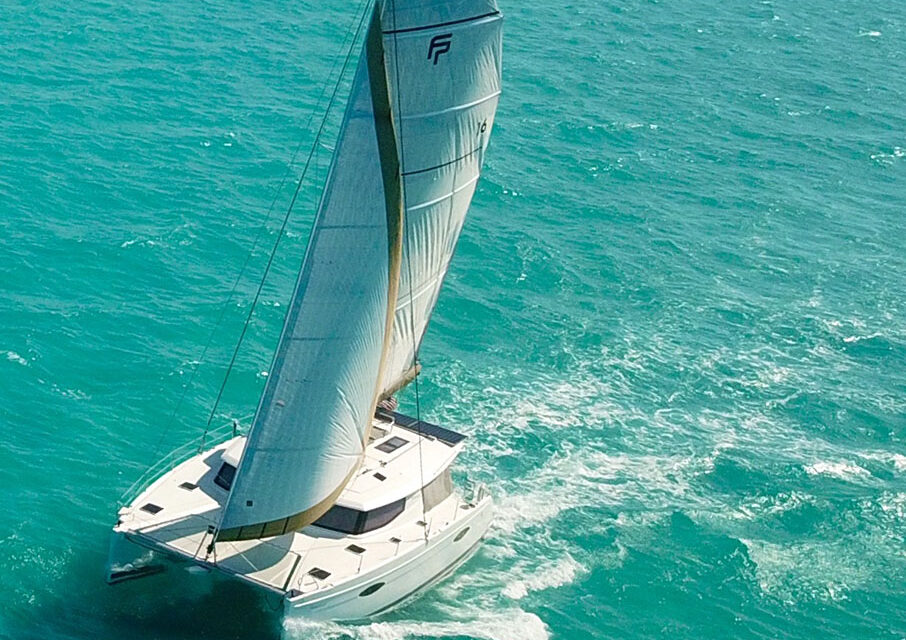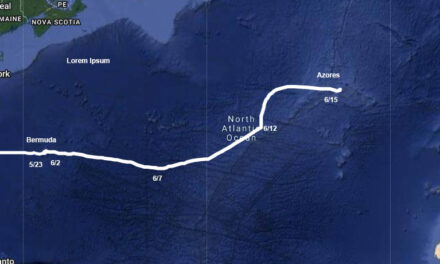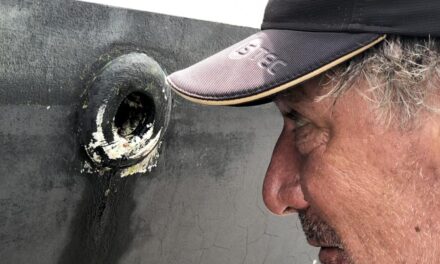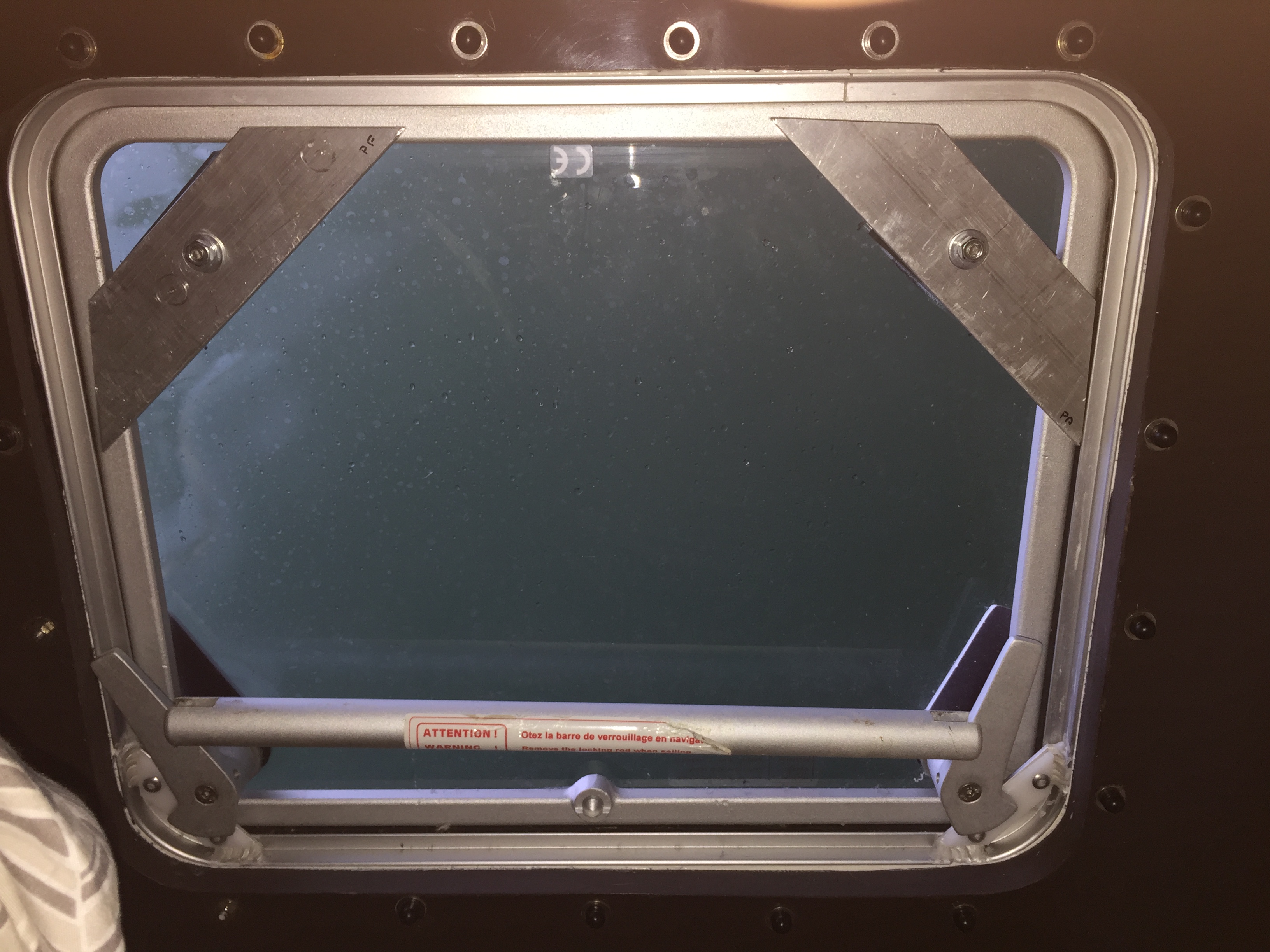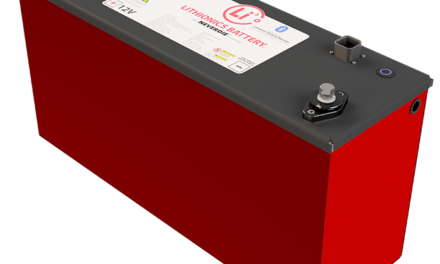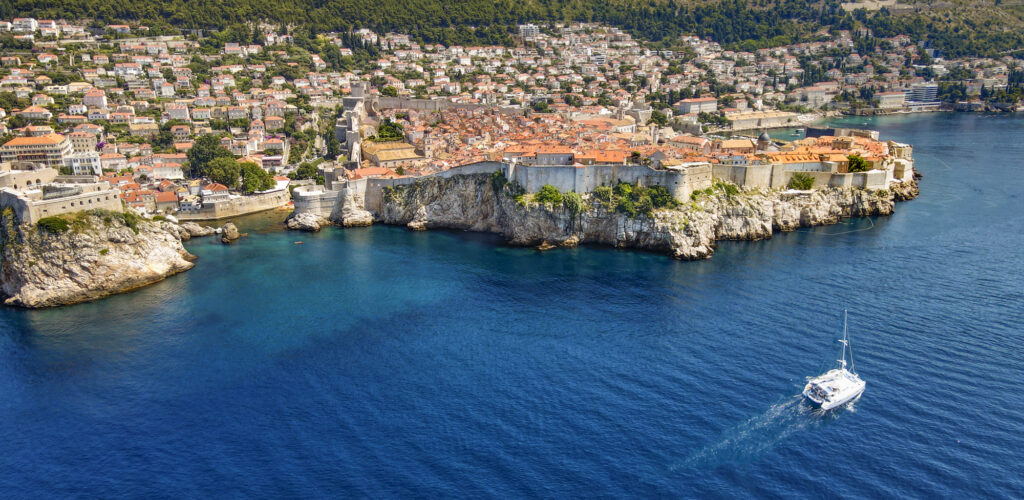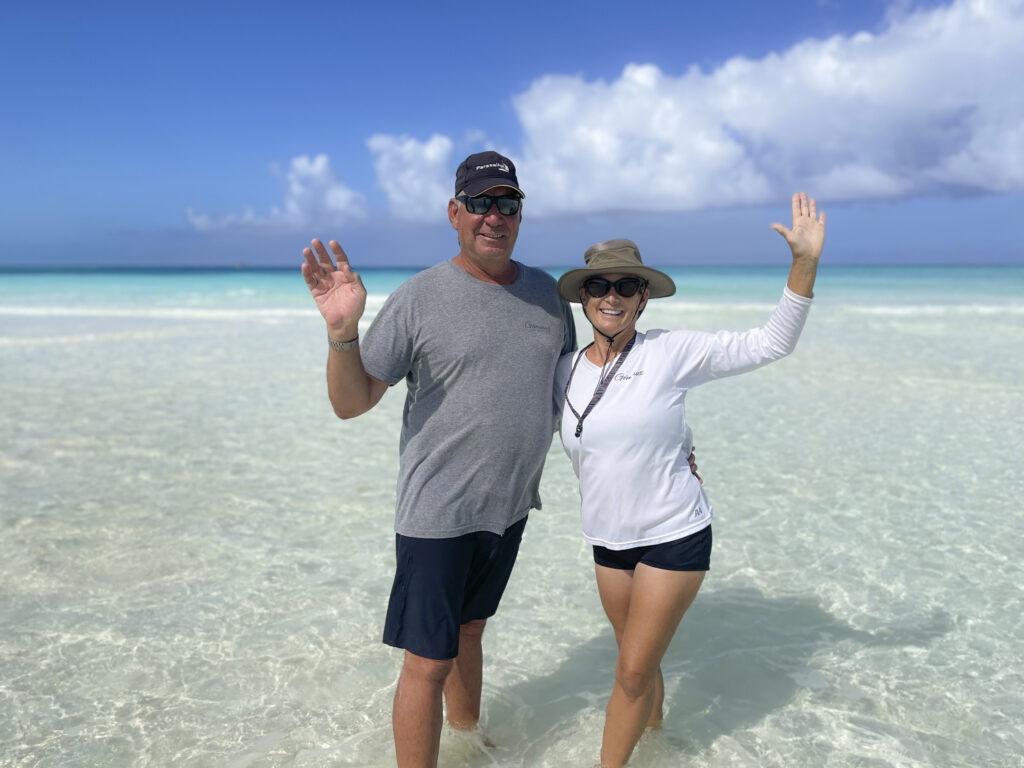A couple of years ago I wrote a post on outlining some issues on our boat’s mainsail that caused some headaches for us. This post is an update to that and how we solved the issues.
The most significant issue for us was the design of the sail which included a square top. The basic idea is to increase the area of the sail aloft by not have it come to point at the top of the mast. Unfortunately, this design choice creates other issues along the way. The most significant is the upper “car” which holds the sails to the mast can’t come all the way down the mast due to square cut of the sail. Instead, it has been released about 5’ above the boom. Fountaine Pajot’s stock solution is to have a shackle holding the halyard removed as you lower the sail. The problem is the point it must be removed is high above the deck, just about the limit of my reach. The solution to this was the Karver Gaff Lock which was a device to automatically release and attach the top car as the sail went up and down. We found the gaff lock to be a good fix, but it introduced yet another problem, halyard chafe. A couple of times the cover of the halyard chafed through and then we could not lower the sail. While Shiera does like to climb the mast, she only likes it in the calm waters of a marina, not on the open ocean.
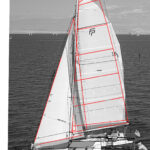 We decided if we wanted to improve the performance of the boat, we need to invest in new sails. We settled on using Quantum Sails primarily because the salesperson, Dave Flynn, had made numerous presentations to the Salty Dawg Sailing Association. Dave recommended a carbon fiber laminate sail. He also strongly recommended eliminating the square top mainsail and switching to a pin top design. Wow what a difference! Our old baggy sails were replaced by stiff new sails and all the headaches of the square top were gone. I compared the difference in area of the new sail vs old. The new sail is larger overall but is slightly smaller at the top. I think the area difference is insignificant. The boat now sails much better and we no longer needed to detach the sail from the top car when we lowered the sail. Much better!
We decided if we wanted to improve the performance of the boat, we need to invest in new sails. We settled on using Quantum Sails primarily because the salesperson, Dave Flynn, had made numerous presentations to the Salty Dawg Sailing Association. Dave recommended a carbon fiber laminate sail. He also strongly recommended eliminating the square top mainsail and switching to a pin top design. Wow what a difference! Our old baggy sails were replaced by stiff new sails and all the headaches of the square top were gone. I compared the difference in area of the new sail vs old. The new sail is larger overall but is slightly smaller at the top. I think the area difference is insignificant. The boat now sails much better and we no longer needed to detach the sail from the top car when we lowered the sail. Much better!
The other issue we had was the set-up of the reefing lines. We have three winches at the helm to control the lines. One winch is dedicated to the mainsheet. The middle winch had shared duty between the jib sheets and the reefing lines. This greatly complicated reefing the mainsail because was necessary to furl the jib so the winch could be used for the reefing lines. We considered a couple of solutions. The first was to install jammers on the jib sheets which could hold the sheets during a reefing operation. Most riggers I spoke to strongly recommended against this solution because the load from the job is just too much. Instead, we installed two clutches for the reefing lines, leading them to third winch which is primarily used for the main halyard. This was the homerun solution. Now we could leave the jib on the middle winch and use the outboard winch primarily for hoisting and reefing the mainsail. Now we can bring the boat up to about 40 degrees off the wind, slack the mainsheet and reef the main while the jib continues to sail the boat. Much better!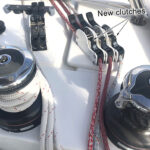
With those two fixes, our headaches are gone and Gemeaux is sailing much better!

